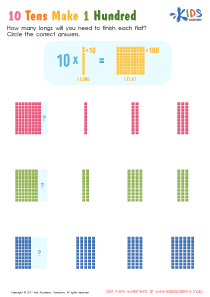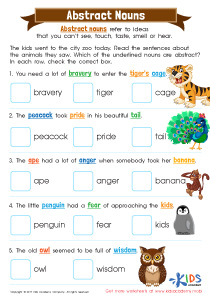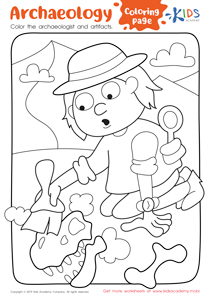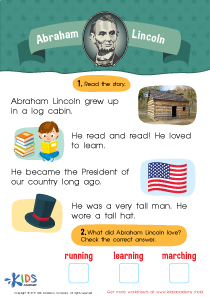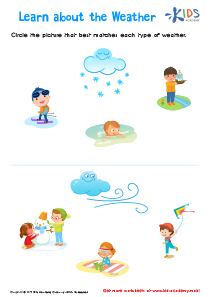Normal Reading Fiction worksheets activities for 4-Year-Olds
6 filtered results
-
From - To


Finding the Details and Connections: Assessment 2 Worksheet
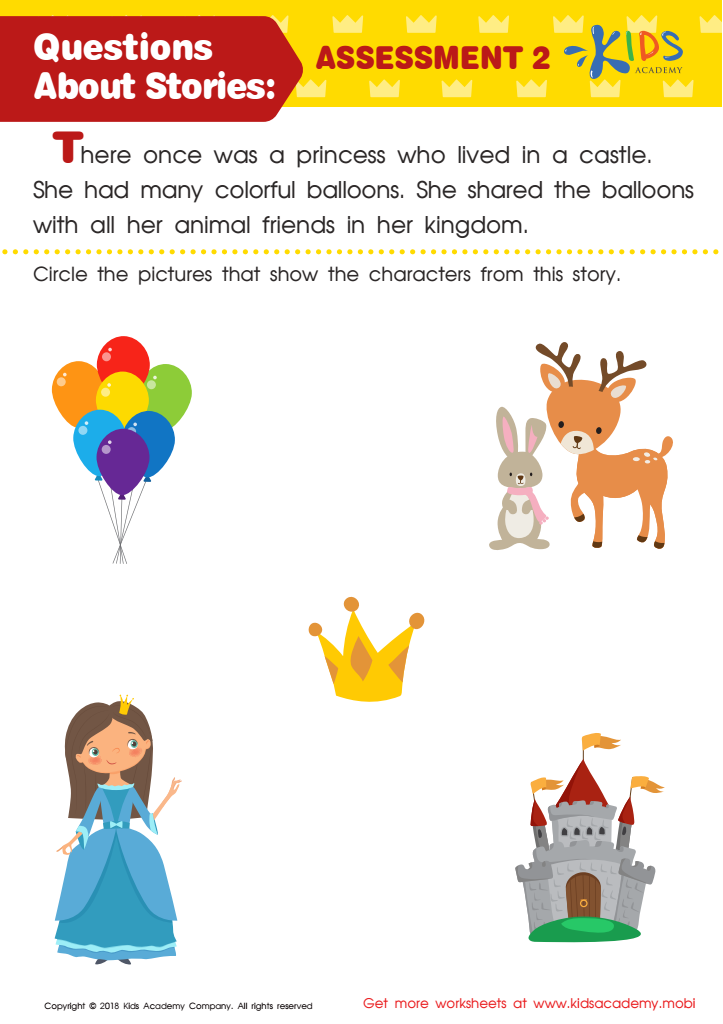

Questions About Stories: Assessment 2 Worksheet
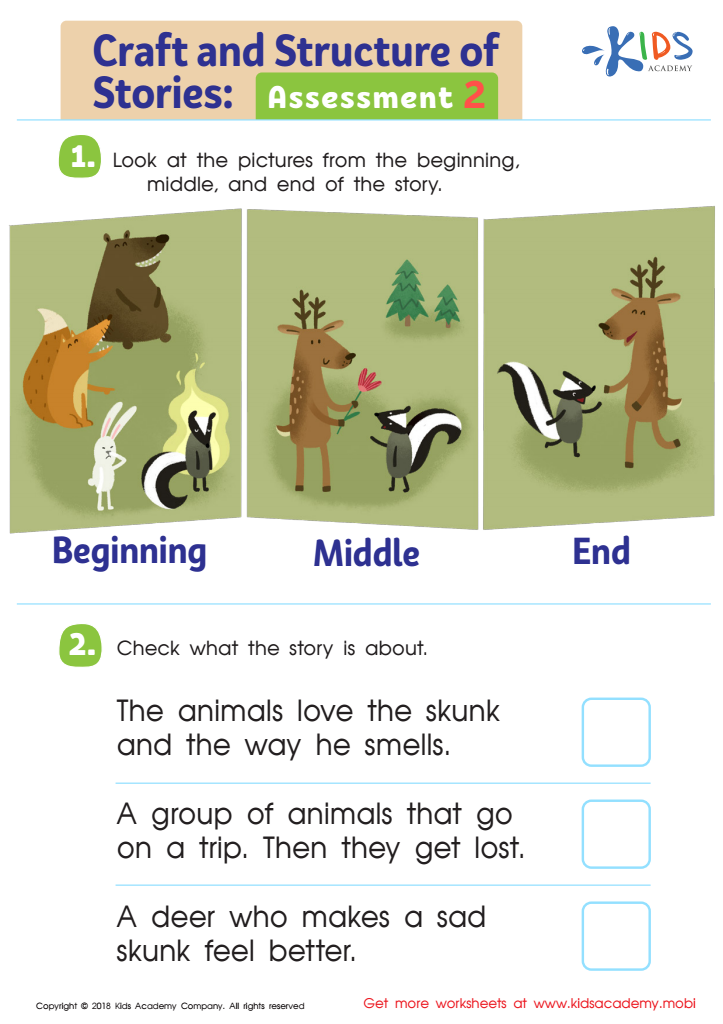

Craft and Structure of Stories: Assessment 2 Worksheet
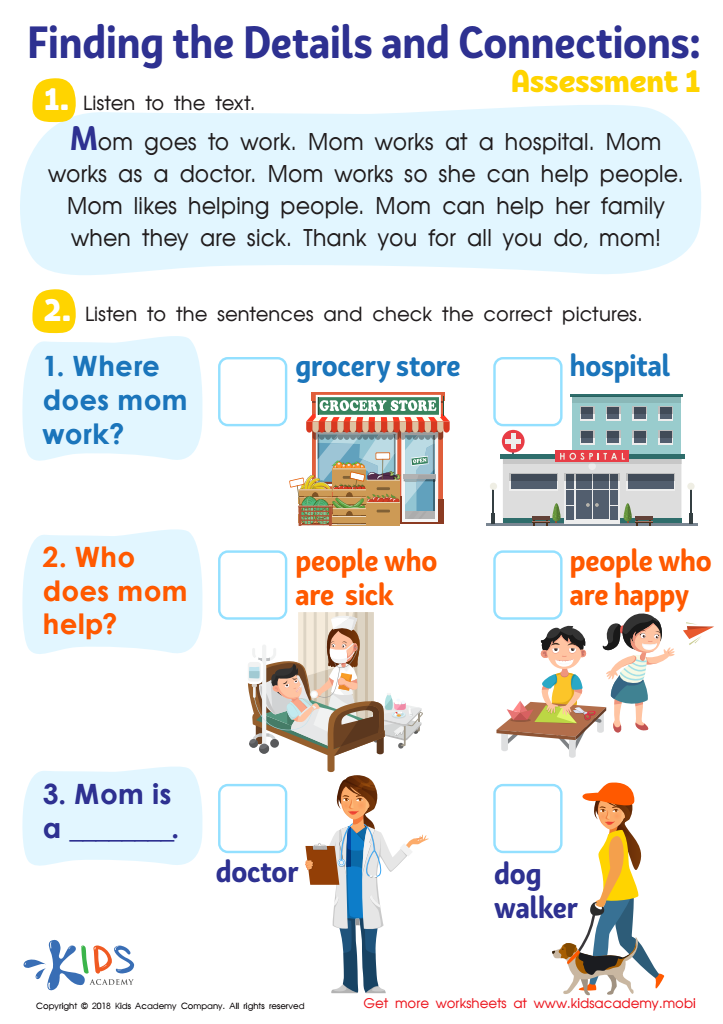

Finding the Details and Connections: Assessment 1 Worksheet


Craft and Structure of Informational Texts: Assessment 1 Worksheet
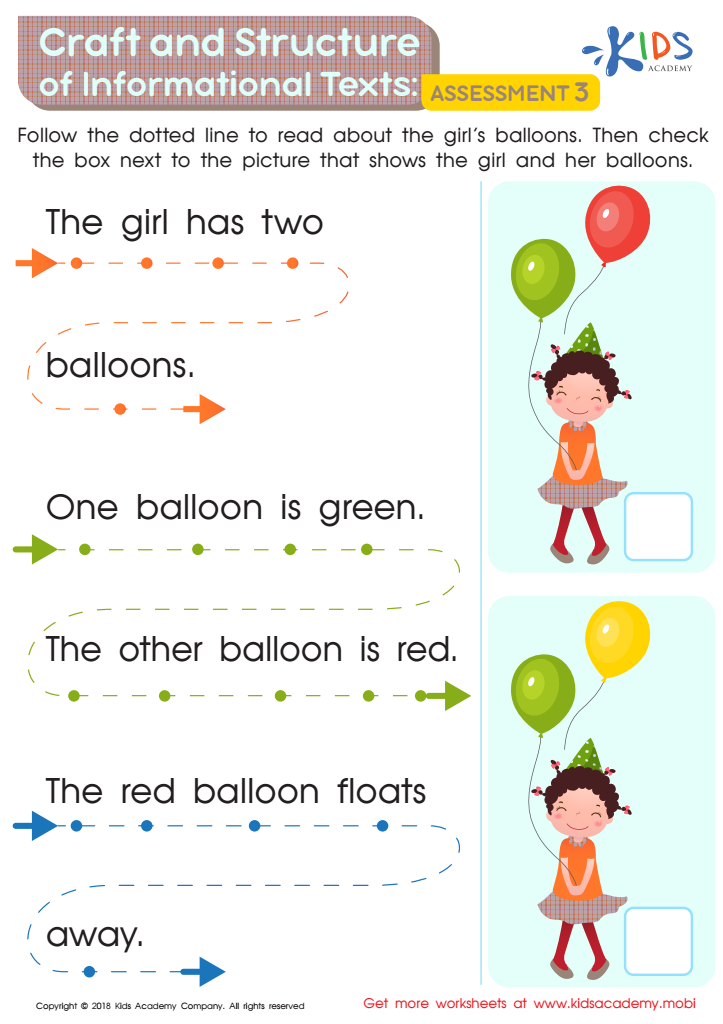

Craft and Structure of Informational Texts: Assessment 3 Worksheet
Normal Reading Fiction worksheets activities stand as an essential tool in the realm of educational methods, especially when it comes to enhancing comprehension, critical thinking, and a deeper appreciation for literature among students. These activities are particularly useful for a variety of reasons, each contributing to a more rounded and engaging learning experience.
Firstly, Normal Reading Fiction worksheets activities are designed to improve reading comprehension. By engaging with various texts through structured questions and activities, students are encouraged to pay closer attention to details, understand the plot, and grasp the nuances of characters and settings. This deliberate engagement helps in retaining more information and encourages students to analyze texts more critically.
Furthermore, these activities foster critical thinking skills. Students are not only asked to recount what happens in a story but also to interpret themes, analyze characters' motivations, and critique the author's message. This requires them to think beyond the surface level, promoting a deeper level of engagement with the text. It teaches them to question and reflect, skills that are invaluable not just in literary analysis but in real-life situations as well.
Moreover, Normal Reading Fiction worksheets activities help in enriching vocabulary and improving writing skills. By being exposed to a wide range of language and stylistic devices used in fiction, students naturally expand their lexicon and gain a better understanding of effective writing techniques. This exposure is crucial for developing their own writing skills, enabling them to express themselves more clearly and creatively.
Lastly, these activities enhance the enjoyment and appreciation of literature. By breaking down complex texts into more manageable activities, students can find joy in reading and discussing stories. With a guided approach, they are able to see the beauty in different genres of fiction, fostering a lifelong love for reading.
In conclusion, Normal Reading Fiction worksheets activities are a cornerstone in the development of a student's reading, analytical, and expressive capabilities. They not only improve academic skills but also encourage a deeper appreciation for the art of storytelling, making them an invaluable asset in any educational curriculum.
 Assign to the classroom
Assign to the classroom






